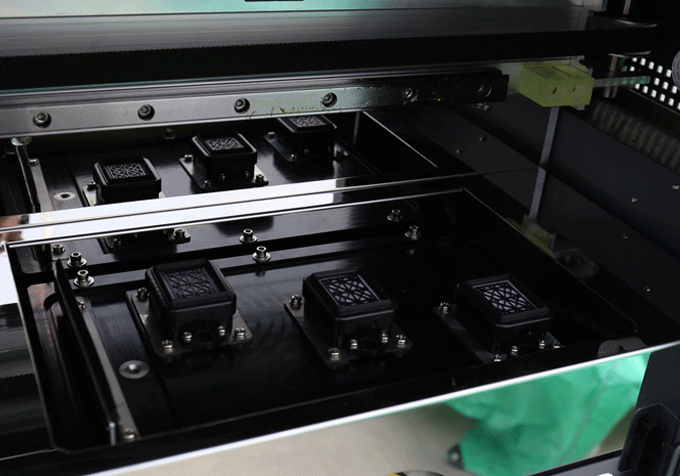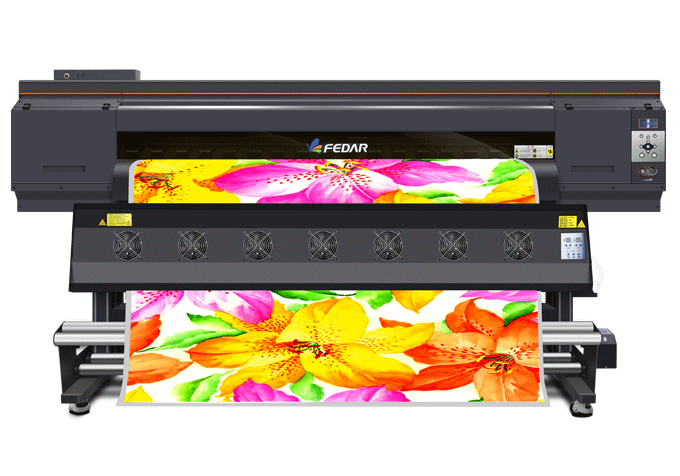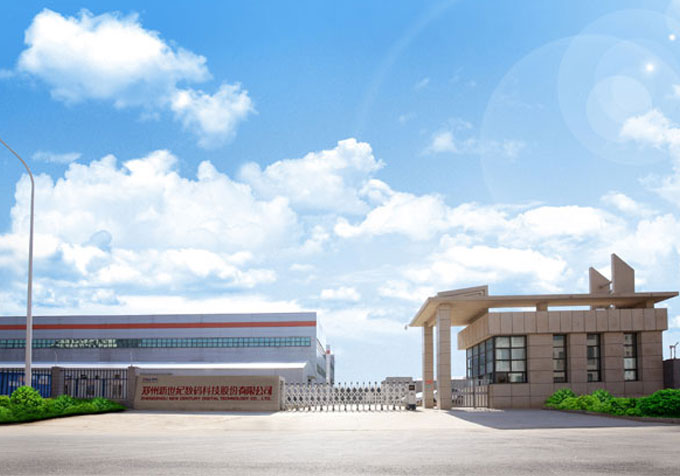The original digital printing is called ink-jet printing, which is a printing method based on the principle of splitting small fluids into droplets. When the printing industry is gradually declining, the
digital printing technology emerges. With the passage of time, the technology has become increasingly mature, and the printing industry has gradually moved from decline to prosperity. However, as digital printing technology truly realizes the transformation from proofing and small batch processing to mass customization and large-scale production, digital printing technology blends the online customization platform and the cooperation of e-commerce, allowing radical processing companies to generally respond quickly through production and provide customized products. Manufacturing products, environmental protection, low-carbon sustainable development, etc. can be added to the brand and planning scale; through convenient connection with the network, enterprises can also reduce smooth hubs. In addition, with the development of my country's social economy and the improvement of quality of life, the textile market consumption has also undergone great changes. People's consumption of "various, individualized, short-period, intellectual property, creative culture and environmental protection" textiles is increasing day by day. Therefore, this topic is mainly to provide customers and learners with a more intuitive and practical process explanation. In order to more accurately explain various printing methods and characteristics, this topic only focuses on the comprehensive, multi-type and process decomposition of textile fabric digital printing technology.

Classification of digital printing technology by printing method
1. Digital direct printing method
It is the method of direct spraying on the sizing semi-finished textile. This method is suitable for paint, reactive, disperse, acid dye inks. The process is: select the appropriate semi-finished fabric (without softener) according to the type of ink, carry out the process of sizing, drying, and rolling, and then to the digital equipment Direct spray printing (the fabric is treated as paper), and then drying, steaming, washing, drying, softening and other processes (among which, the paint can be fixed as long as it is baked). Figure 1 shows the direct-injection belt conveyor.
Cold transfer method
It is a printing method in which textile dyes are first printed on specially coated paper, and then the pattern is transferred to the textile with a cold transfer machine. This method is suitable for all kinds of fabrics other than blended fabrics. The inks used are reactive, dispersive, acidic and other dye inks; the method also requires semi-finished fabrics and embossing with printed decals. The embossed fabric can be treated in two ways, one is to perform cold reactor chemical reaction treatment to fix the color (the fabric needs to be chemically treated in advance), and the other is to perform traditional processing such as steaming, washing, and setting.
The working principle of the transfer machine is: the first flesh-colored part is a semi-finished fabric, the second blue part represents the paste (modulated printing paste), the third part is yellow is two rollers with air pressure, and the fourth part is the same There are two rollers with air pressure, the fifth green part is the printed paper, the sixth part is the dryer, and the final part is the finished fabric. That is, after the first part of the fabric is sizing through the second part of the slurry area, it is squeezed by the third part of the roller to retain an appropriate amount of slurry and moisture; the fourth part, the front side of the fabric and the fifth part of the printing paper are combined Under the action of roller pressure and slurry moisture, the pattern on the paper is transferred to the fabric; at the same time, the transferred paper rolls to the other roller in the fifth part, and the fabric enters the drying oven to be dried and then enters the following process .
3.Heat transfer method
It is a printing method in which textile dyes are printed on specially coated paper, and then the pattern is transferred to the textile through sublimation. This method is similar to traditional paper printing and can only be used for textiles with polyester or higher polyester content. Among them, the transfer fabrics are processed by semi-finished products and no softener has been added.
Molecules diffuse in the fiber. At the end of dyeing, as the temperature decreases, the previously expanded cavities shrink, wrapping the dye molecules in the fiber, so that the dye molecules can finally be in the form of single molecules or low-molecular aggregates in the fiber.

Zhengzhou New Century Digital Technology Co., Ltd.,- (Fedar Printer:
www.fedar.net) has exquisite production technology and professional technical team in the field of fedar sublimation printers,inkjet heat transfer printer,digital fabric printer,etc., focusing on providing comprehensive solution for field of inkjet printing.
Fedar sublimation printer company has absorbed and condensed a group of high-quality professional technicians and enterprising young management groups, formed a strong technical team and increasingly rigorous management system,providing customers with high-quality printing machines and services,and has established a good brand image and reputation in industry.




